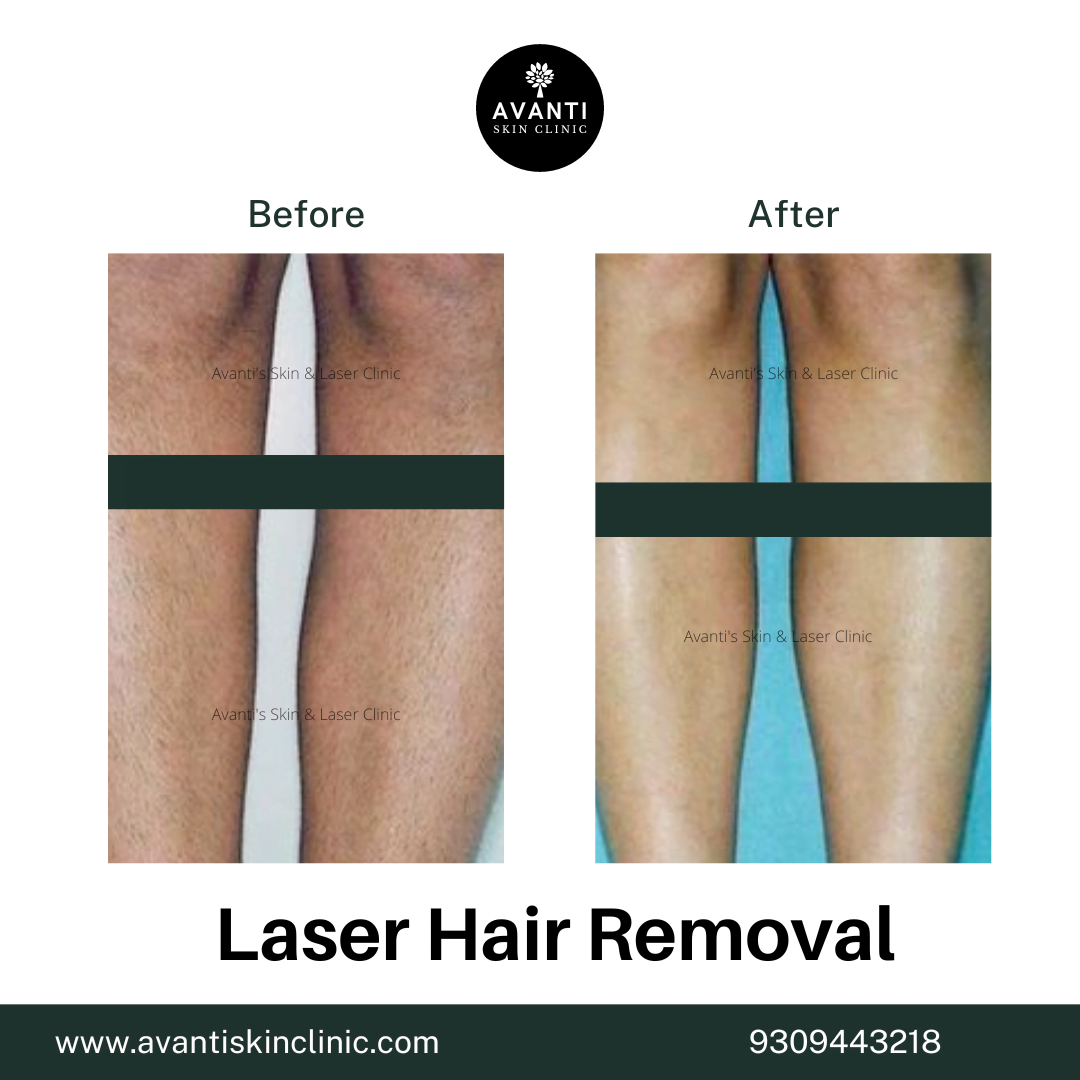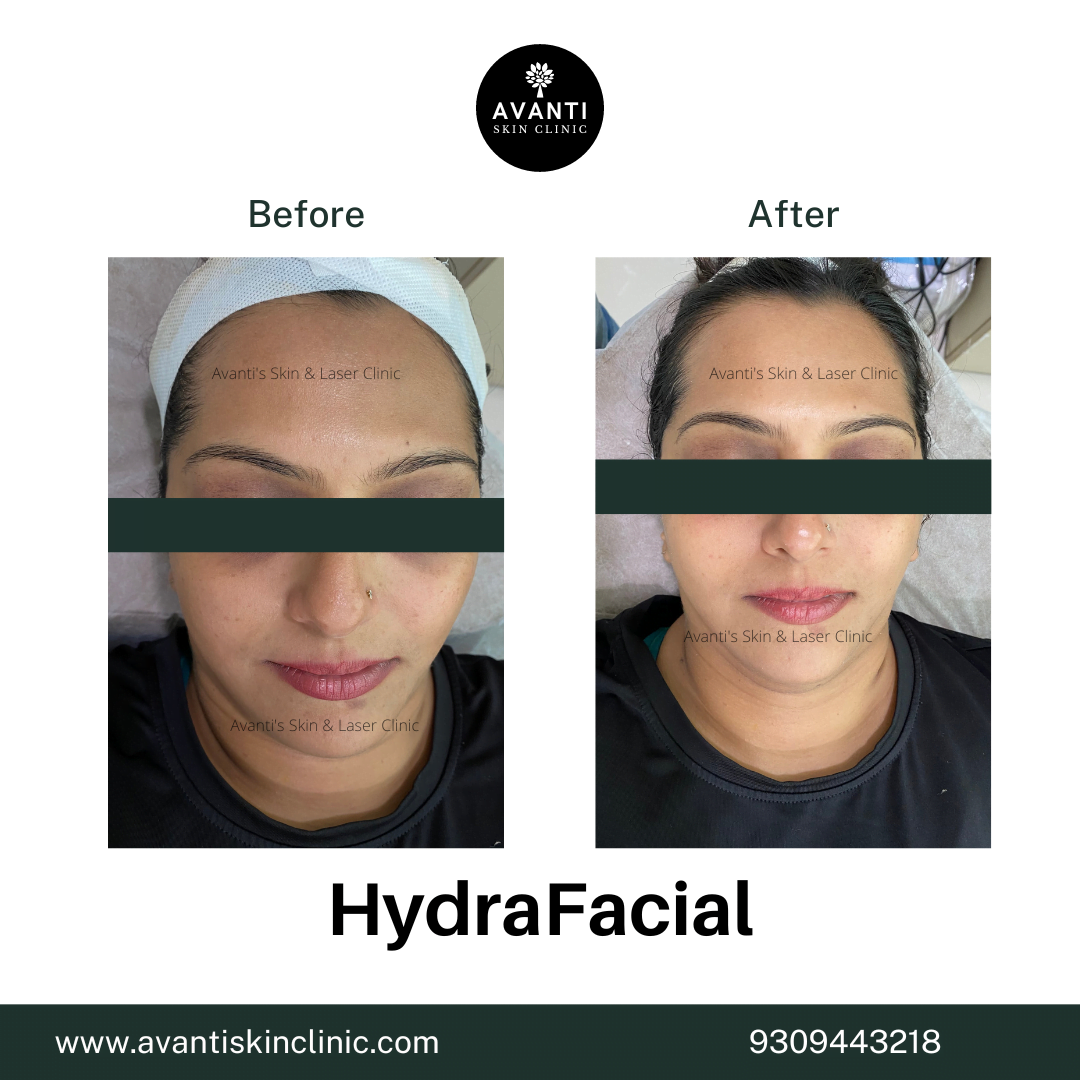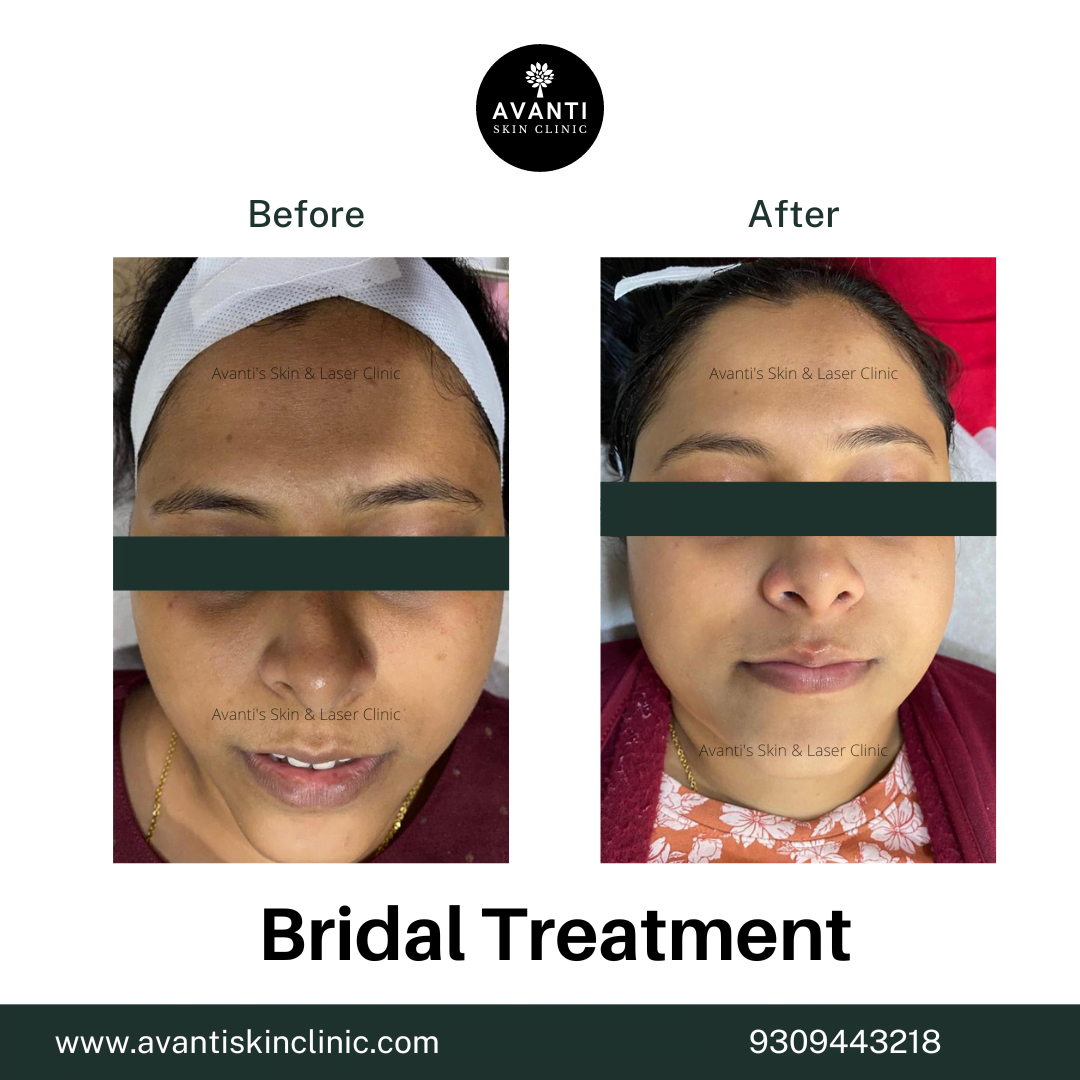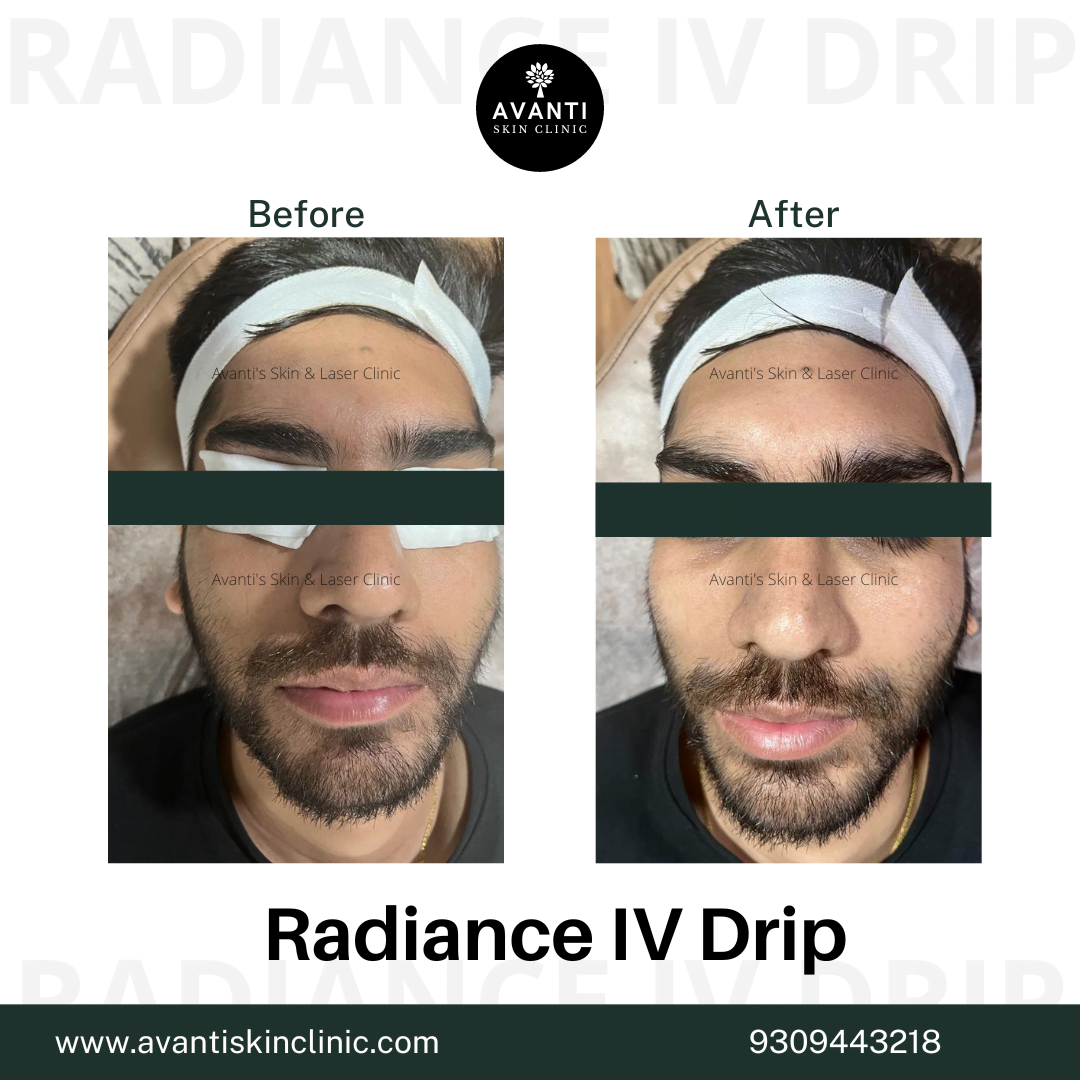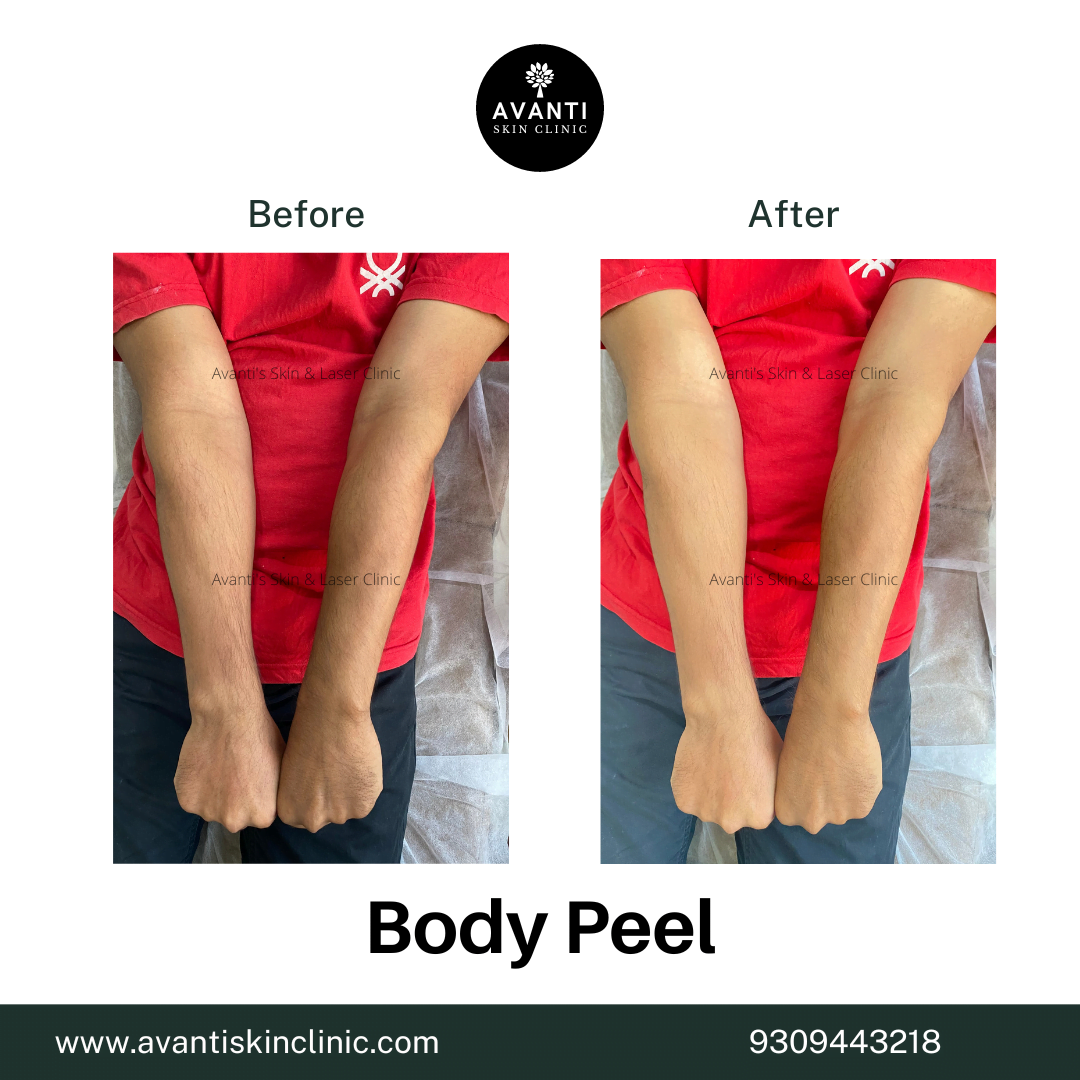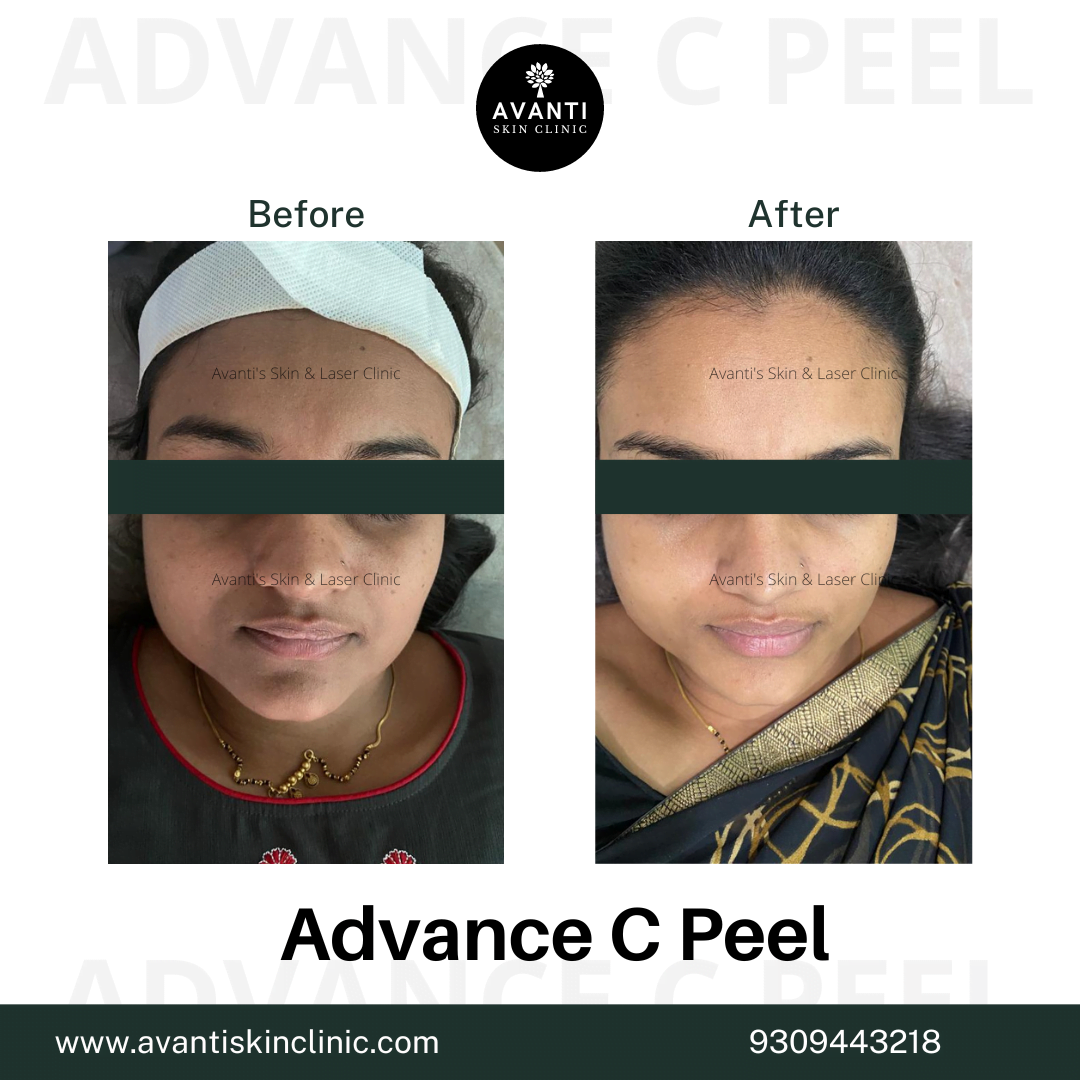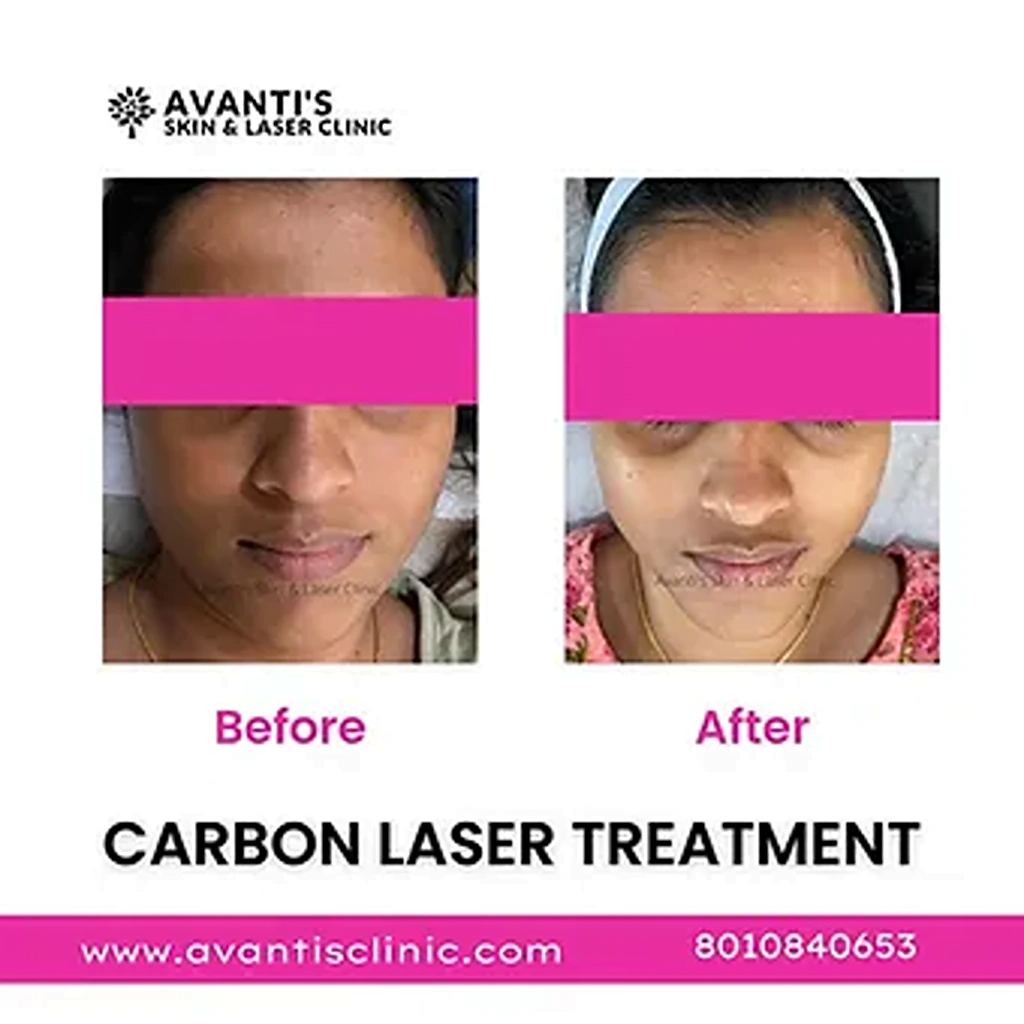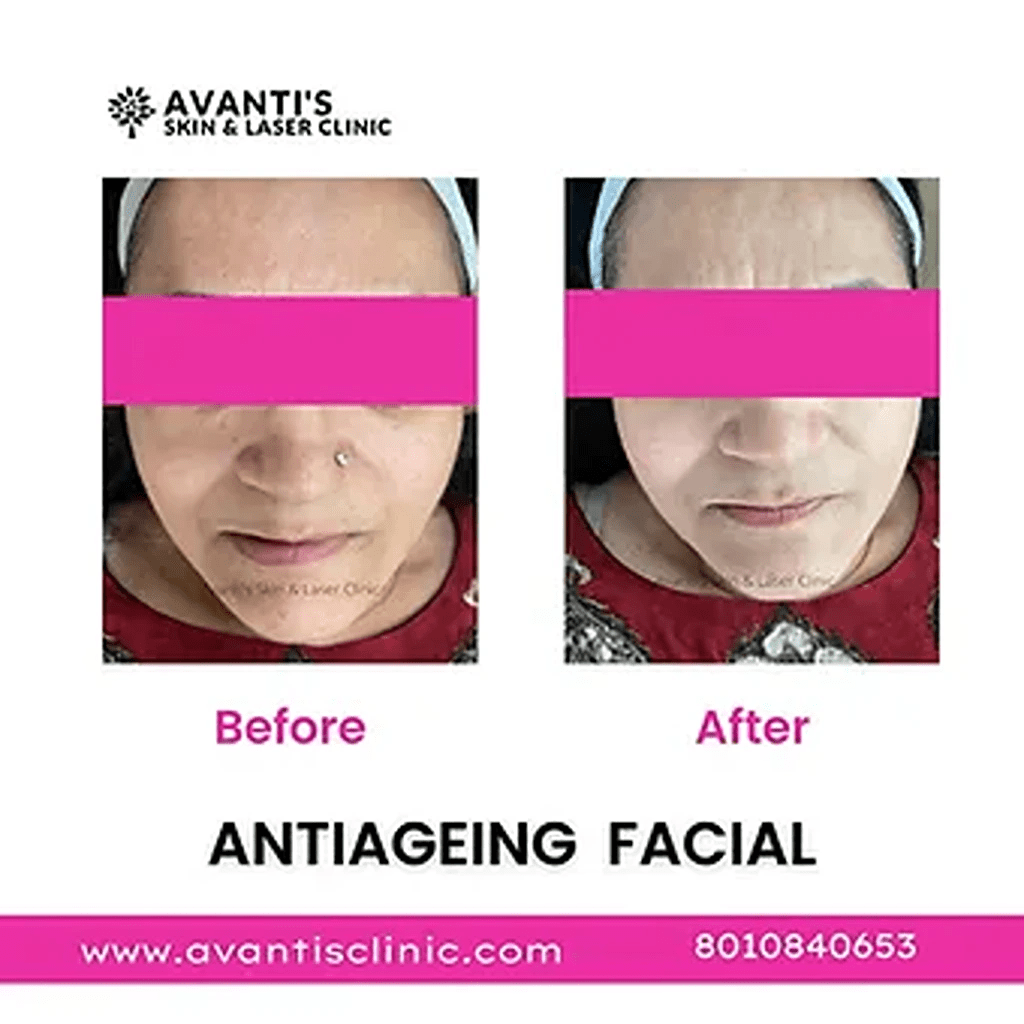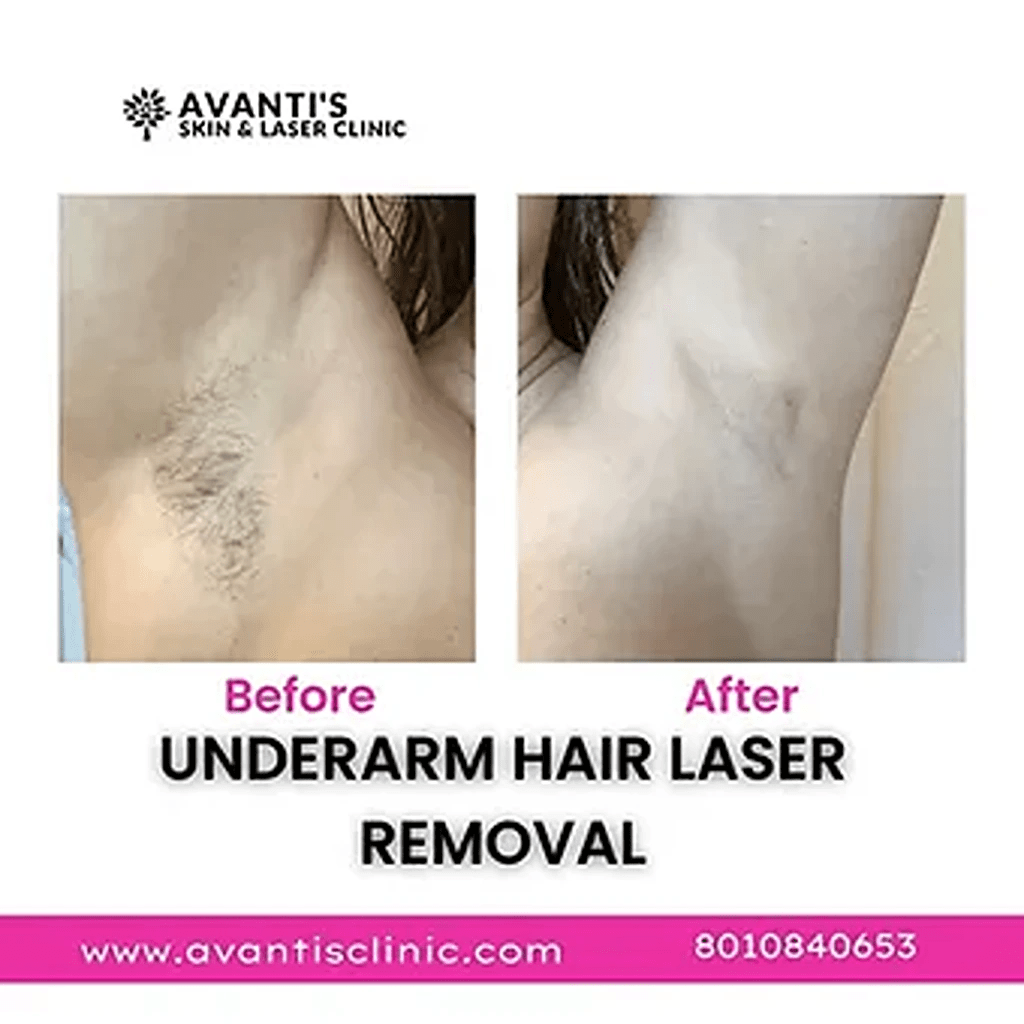Is Rhinoplasty Safe? Surgical & Non-Surgical Nose Job Safety Explained
A well-proportioned nose can dramatically influence facial harmony, which is why rhinoplasty—commonly known as a nose job—is one of the most popular cosmetic procedures globally. Whether you’re seeking subtle enhancement or functional correction, a common question arises: is rhinoplasty safe?
In this guide, we break down both surgical and non-surgical rhinoplasty options, examine their risks, and help you understand how safe is rhinoplasty, so you can make an informed and confident decision.
What Is Rhinoplasty?
Rhinoplasty is a procedure designed to reshape or reconstruct the nose. It can be performed for cosmetic reasons—to alter the size or contour of the nose—or for functional purposes, such as correcting breathing problems or a deviated septum.
There are two main types:
- Surgical rhinoplasty: Involves incisions, reshaping cartilage or bone, and is performed under anaesthesia.
- Non-surgical rhinoplasty: Also known as a liquid nose job, it uses dermal fillers to temporarily reshape the nose without surgery.
Is Rhinoplasty Safe?
Let’s address the primary question: is rhinoplasty safe?
Yes, rhinoplasty is generally considered safe when performed by a qualified and experienced plastic surgeon. It is one of the most well-established procedures in cosmetic surgery, with high success and satisfaction rates.
However, like any surgery, it comes with potential risks and complications, which include:
- Bleeding or infection
- Anaesthesia-related side effects
- Bruising and swelling
- Breathing difficulties (rare)
- Unsatisfactory aesthetic results requiring revision surgery
So, how safe is rhinoplasty? It’s very safe when done in a sterile, accredited environment by a skilled surgeon with a proven track record.
Is Nose Job Safe for Everyone?
The safety of a nose job also depends on the individual’s overall health, skin type, age, and expectations. If you’re in good health and realistic about the outcome, the risks are minimal.
That said, you may not be an ideal candidate if you:
- Have uncontrolled medical conditions
- Are a smoker (increased healing complications)
- Expect perfection rather than improvement
A thorough consultation and pre-surgical assessment will determine whether or not a nose job is safe for you personally.
Different surgical approaches to Rhinoplasty
Rhinoplasty operations can be divided into two categories:
Open: A large nose reshaping treatment is called an open rhinoplasty. To get a clear view of the underlying anatomy of your nose, your surgeon will make incisions to completely detach the skin from the bone and cartilage.
Closed: A small nose reshaping treatment is called a closed rhinoplasty. In order to modify your nose, your surgeon will create incisions inside it to remove the skin from the bone and cartilage.
Other varieties of rhinoplasty include:
A cosmetic rhinoplasty makes your face and nose look better.
Nonsurgical rhinoplasty, also known as filler rhinoplasty, is a kind of cosmetic rhinoplasty in which dips and irregularities in your nose are temporarily filled with dermal fillers. It can fix a minor bump or raise a drooping nose tip.
Functional rhinoplasty restores the shape and functionality of the nose following illness, cancer treatment, or severe trauma. A deviated septum and congenital deformities can also be corrected with this kind of reconstructive surgery.
Any issues that arise following the initial rhinoplasty procedure are revised or fixed with a secondary rhinoplasty. These issues may be simple, but they are frequently more difficult for your surgeon to fix.
What distinguishes septoplasty from rhinoplasty?
A rhinoplasty is a technique that makes your nose look better and/or have a better shape. Similar to rhinoplasty, septoplasty fixes the nasal septum, which is a deep, internal structural issue in your nose. Breathing difficulties may result from nasal septal complications. Both treatments can be performed together to enhance your nose’s appearance and functionality.
What is the frequency of rhinoplasty?
One of the most popular treatments in cosmetic surgery is rhinoplasty. In the US, more than 350,000 rhinoplasty surgeries are carried out annually. Men undergo over 20% of all rhinoplasty operations performed in the United States annually, but women are more likely to get the treatment.
Is Non-Surgical Nose Lift Safe for Long-Term Use?
A non-surgical nose lift is temporary, with results lasting 6–18 months. Repeat treatments are common, but caution is essential.
If you’re asking is non surgical nose lift safe for multiple sessions, yes, it can be, provided it’s spaced out appropriately and performed by a licensed injector with a deep understanding of nasal anatomy.
Always ensure:
- You visit a medical clinic, not a beauty spa
- The injector is trained in aesthetic medicine
- Emergency protocols are in place in case of vascular complications
Safety Tips for Rhinoplasty Patients
Whether you’re going the surgical or non-surgical route, here are some important tips to ensure the safest experience possible:
- Choose a board-certified facial plastic or ENT surgeon for surgical rhinoplasty
- Ensure the facility is accredited and hygienic
- Disclose your full medical history before treatment
- Follow all aftercare instructions diligently
- For fillers, select clinics that offer hyaluronidase (an enzyme to dissolve filler in case of complications)
Conclusion
So, is rhinoplasty safe? When performed by experienced professionals in a controlled setting, both surgical and non-surgical nose jobs are safe and effective procedures. However, safety ultimately depends on choosing the right provider, understanding the potential risks, and maintaining realistic expectations.
If you’re looking to improve nasal symmetry, address breathing issues, or subtly refine your appearance, rhinoplasty—whether surgical or injectable—can offer excellent results with minimal risk.
Frequently Asked Questions
Yes, it can be. Without anaesthetic, the sensation may feel like sharp scratching or stinging, especially at deeper settings.
Some redness, tightness, or sensitivity is normal after treatment, but pain is generally mild and short-lived.
On a scale of 1 to 10, most patients rate it between 2 and 4 when numbing cream is used.
Avoid NSAIDs like ibuprofen as they may interfere with healing. Paracetamol can be taken if necessary (consult your provider first).
It may be slightly more uncomfortable for sensitive skin types, but proper numbing and aftercare make it manageable.
They can be slightly uncomfortable, especially without numbing, but the needle depth is much shallower than professional tools.
Yes, microneedling is safe for all skin tones and is less likely to cause pigmentation than lasers.

